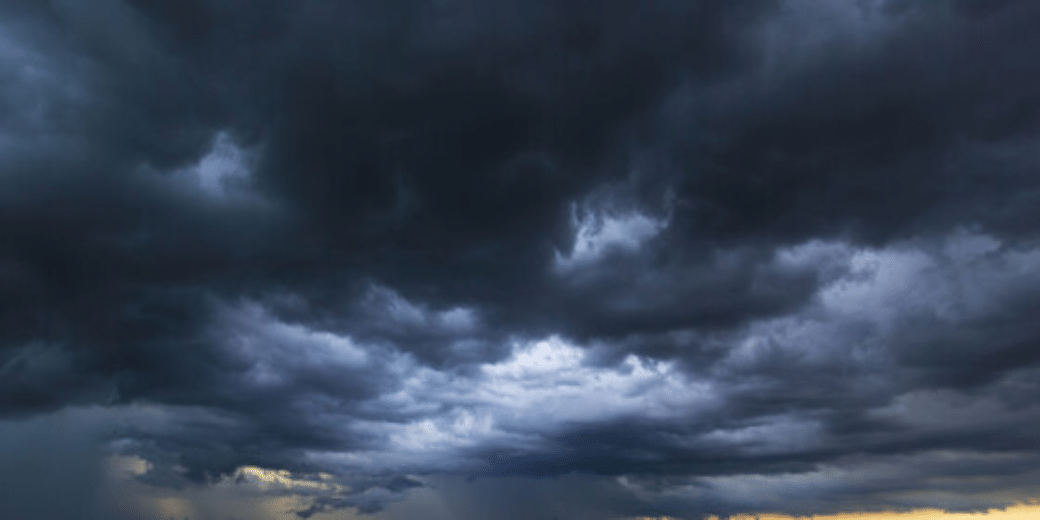August villain in 'below normal' monsoons this year
The dry spell has triggered concerns about the output of kharif crops such as rice and soyabean and even sowing in the following Ravi season that starts from October/November.

The rains betrayed last month, turning the month into the driest August in the country in the past 122 years. Though the Indian Meteorological Department (IMD) has predicted a revival of precipitation in September leading to average rainfall this month, the August record is expected to drag down the overall monsoon performance in the country.
Record keeping of weather conditions began in 1901 in India.
This has triggered concerns about the output of kharif crops such as rice and soyabean and even sowing in the following Ravi season that starts from October/November.
“We are likely to record a below-normal or lower side of normal monsoon rainfall this year, but we are not changing our forecast. We had forecast that we were likely to record monsoon rain of 96% with a +/-4% error margin. We will be within that error margin,” said director general of IMD M Mohapatra.
IMD follows a graded and calibrated benchmark to describe the degree of rains. If rainfall remains within a band of 90-95% of the long-period average (LPA), IMD considers it as “below normal” performance. The word “deficient” is applicable when the rains are below 90% of the LPA. If the precipitation is between 96% and 104% of the LPA, it is described as “normal”.
The monsoons deliver nearly 70% of the rain the country needs to water cultivable land and fill reservoirs and aquifers that are in great need during the dry winter months.
The Indian economy is substantially dependent on the performance of the monsoons. Deficient rains lower output, raising prices and triggering supply-shortage-driven inflation. It directly lowers income in many hands in the rural sector driving down consumption of both discretionary and essential goods, impacting overall GDP growth.
This year is particularly critical and sensitive to the rains since retail inflation in July reached 7.44%, far higher than the 6% ceiling followed by the Reserve Bank. Food inflation reached 11.5% in the same month, to the extreme discomfort of the policymakers.
In August the rains were 36% below average, especially due to low precipitation in the central and southern parts of the country. Overall summer rains were 10% lower than normal since the season began on June 1, Mohapatra revealed at a virtual news conference.
“There have been weak monsoon activities on most days in August and rains were rather weak in most parts of the country,” Mohapatra said. “Only some regions that were dry in June and July got better rains in August.”
The rains registered a weak start this year. The monsoon rains were 9% below average in June. In July the rains picked up pace and were 13% above average in July.
Mohapatra also said September is likely to witness normal rainfall in the range of 91-109% of the LPA of 167.9 mm.
However, Mohapatra cautioned that even if the rainfall in September ended up on the higher side, the June-September seasonal rainfall average is expected to be below normal for the season. Development of El Nino conditions in the equatorial Pacific Ocean was the most crucial factor behind the deficient rainfall activity in August.
However, holding out a signal of optimism, Mohapatra said that the Indian Ocean Dipole – the difference in sea surface temperature of Arabian Sea and the Bay of Bengal – has started turning positive and it could partly nullify the El Nino impact. He said the Madden Julian Oscillation – the eastward moving pulse of cloud — and the rainfall in the tropical region, too, was becoming favourable in reviving the rains.
Incidentally, El Nino, has emerged in the tropical Pacific region for the first time in the past seven years. It consists in warming of waters and surface temperature that usually reduces rainfall over the Indian subcontinent.
In 2015, El Nino triggered drought in the country.
As an outcome of food inflation, the government has already banned the export of white, non-basmati rice, imposed a 40% tax on onion exports, allow duty-free imports of pulse. In the grapevine are possibilities of a ban on sugar exports as well.

